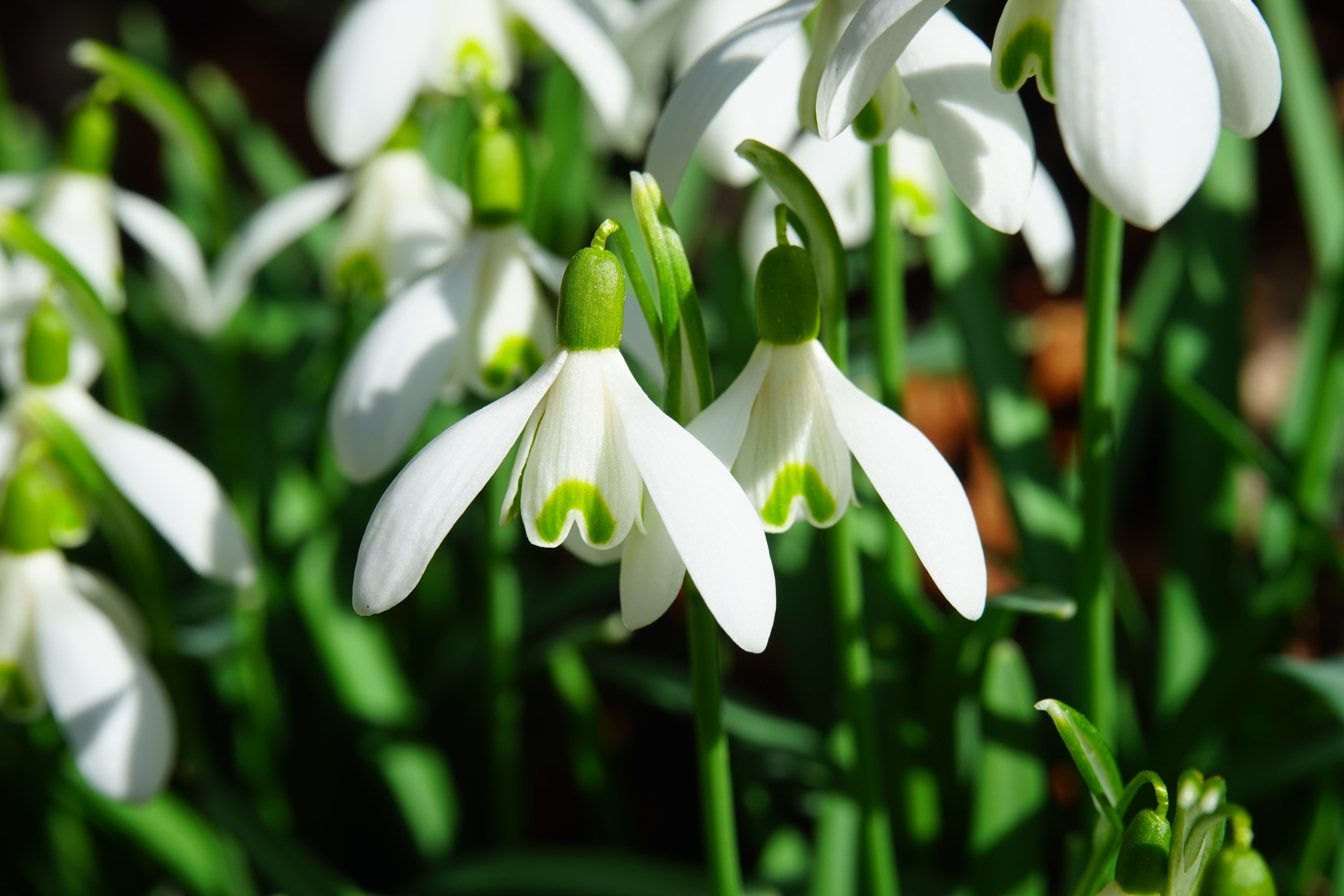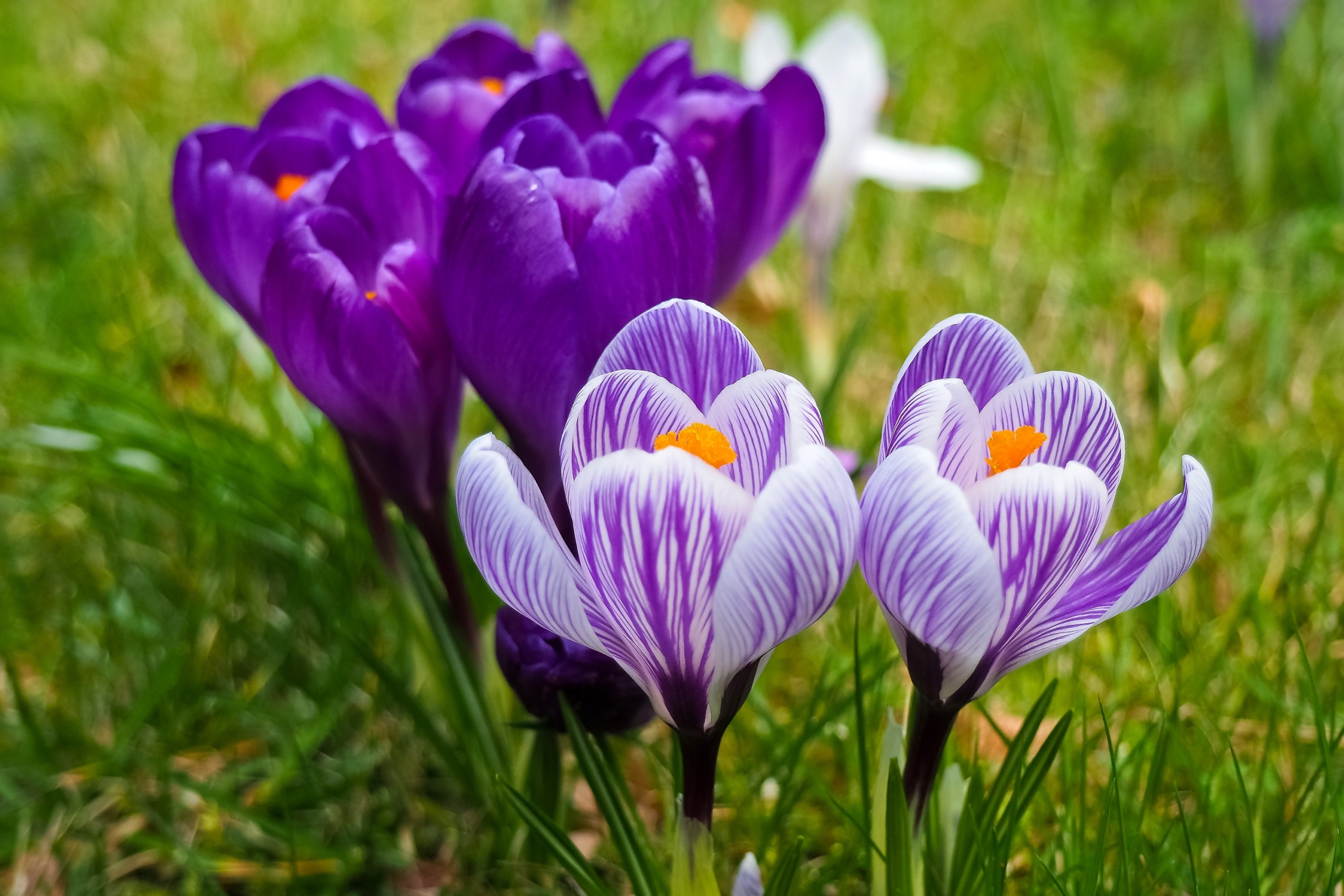The Canadian poet Margaret Atwood said, “In the spring, you should smell like dirt at the end of the day.”
Many gardeners and even those who just enjoy the immense array of vibrant colors that spring brings understand the joy of being outside and connecting with the Earth.
Composting through wintertime can be a laborious and strenuous job. Gardening in cold weather can be a bit of a challenge – even if it’s very possible. However, with its chilly and dark months, the winter gives way to a time when life seems to begin anew. Everything is revitalized — the world, seemingly dead, comes back to life. The nights get shorter, the days get longer, and the sun shines upon all. Hope springs forth!
This is a period when you can step outside and be immediately greeted by the earliest spring blooms, the songs of happy birds, and animals you’ve not seen since before winter began. In the article below, we’ll go over five outdoor plants, which bloom early to signal spring has arrived.
Why flowers bloom in spring
It’s all about temperature and exposure to daylight. These two factors affect a plant’s “internal circadian clock.” In fact, the Journal of Plant Research published a paper that described a plant’s internal clock as, “endogenous time-keeping mechanisms that allow organisms to anticipate and prepare for daily and seasonal changes in surrounding environments.”
Simply put, this means that early-flowering plants bloom in spring precisely because their internal clock is telling them to do so. Their entire genetic makeup consists of genes, which are subject to periods of light and dark. For instance, genes regulating photosynthesis are managed by a plant’s circadian clock.
As the days get longer, plants can absorb more sunlight. In turn, this allows the plant to make more food and grow. Additionally, as the Earth moves closer to the sun and winter transitions into spring, a plant’s environment heats up. That temperature increase aids in the growth of the plant, too. Seeds germinate, and flowers bloom.
Early spring blooming flowers

The entire Earth puts on one of its best shows every year during spring as perennials and flowering bulbs break forth in bloom. As the days lengthen and temperatures rise, plants receive the signal that it’s time to show their glory.
If you plant an array of early spring blooming flowers, you’ll be set to enjoy vivid displays of color. Below are five of the most beautiful you should consider planting for a springtime garden full of life!
Snowdrop
These early-flowering plants like light shade and cooler climates. They begin to push up their white flowers before winter’s snow has even melted away! They’re short plants, and many feel that planting them around borders or in rock gardens is best. Experienced gardeners going for an incredible effect will usually plant snowdrops in clusters of around 25 bulbs apiece. If you decide to try it too, make sure that you space each bulb apart by at least 3 inches. Additionally, make sure you plant them in a spot where they won’t be fully exposed to the sun.
Grape hyacinth
These flowers bloom in early spring and show off petals that are deep violet. Their blossoms last for up to three weeks. Their name actually comes from the way that their bell-shaped flowers look remarkably like a cluster of grapes standing upright.
Grape hyacinths are easy to take care of and should be planted in areas where they get full exposure to the sun (some shade is okay). Although not an aggressive plant, they will naturally spread in areas in which they’re planted.
Their foliage begins to die in late spring. However, you’ll see these plants reemerging in the fall. Their leaves will last throughout the winter, and their flowers will bloom once more the following spring. It’s best to plant grape hyacinths under trees and shrubs. If you decide to grow them in an open area, you should consider planting around 50 or more for dramatic bursts of color.
Dutch crocus
Like grape hyacinths, Dutch crocus blooms last around three weeks. These early-flowering plants open in the mornings and close at night. If you decide to plant crocus seeds, consider doing so in woodland areas with plenty of sunlight or across your lawn.

Winter aconite
Although winter aconites can bloom in late winter, they’re also considered an early spring blooming flower. They have upward-facing, cup-shaped, vibrant yellow flowers. When blooming in winter, you can see their flowers pushing up through the snow in a similar fashion to snowdrops. You’ll see them growing under trees with lots of sunlight in the winter, then increasing shade as trees start to put out leaves as spring advances. Like many of the flowers listed in this article, winter aconites do best when you plant them en masse around shrubs or under trees.
Bleeding heart
Bleeding hearts have red, white, or pink heart-shaped flowers, which burst forth on arching stems over leaves that bear a striking resemblance to those of a fern. They’re shade lovers, and the best place to plant these is among other plants with bold leaves to hide their dying foliage. If you are consistent with regular watering, you’ll find that both western and fringed bleeding hearts will last until fall.
Remember that spring doesn’t last long. Take a walk as the air starts to warm, smell the flowers, and make sure that you pause long enough to enjoy the beauty of nature.
Editors' Recommendations
- Focus on color: Bring some sunshine to your garden with these orange plants
- Grow your indoor or outdoor garden and support these Black-owned plant shops for Black History Month
- Do you live in climate zone 10? Here’s our guide to choosing the perfect climate zone 10 plants
- Trying to beat the cold? Here are our favorite frost-resistant plants for any climate
- 7 easy patio plants that will thrive into the cold winter months




